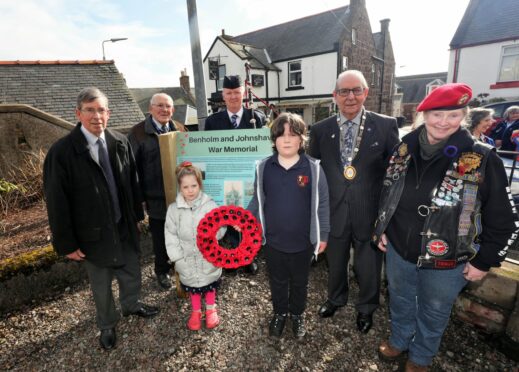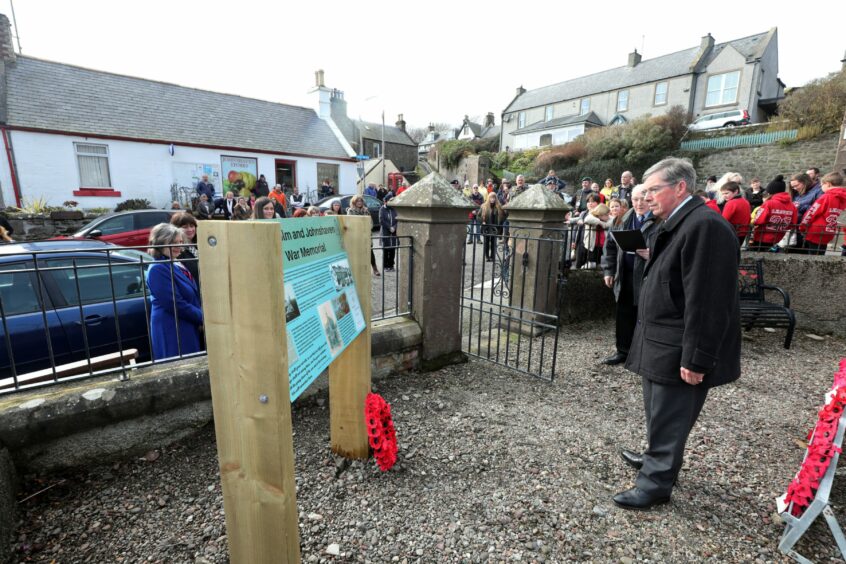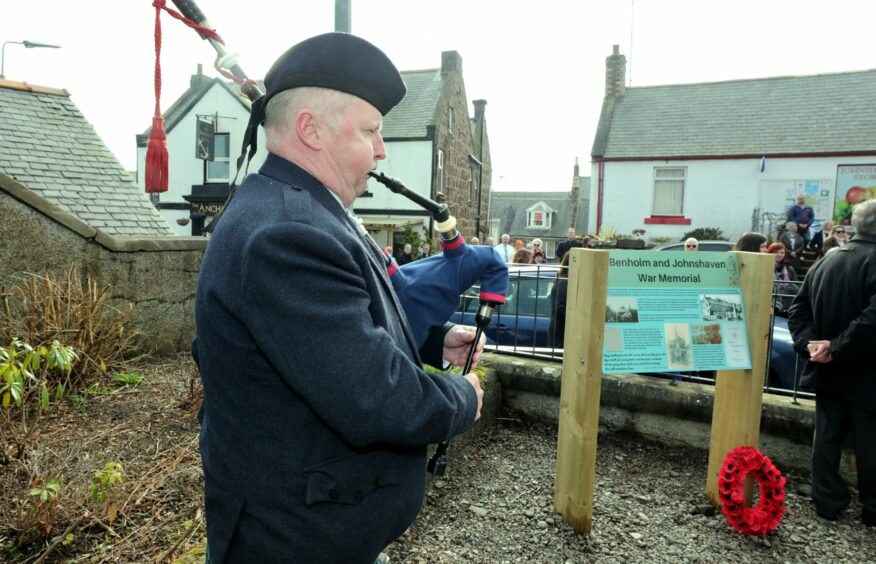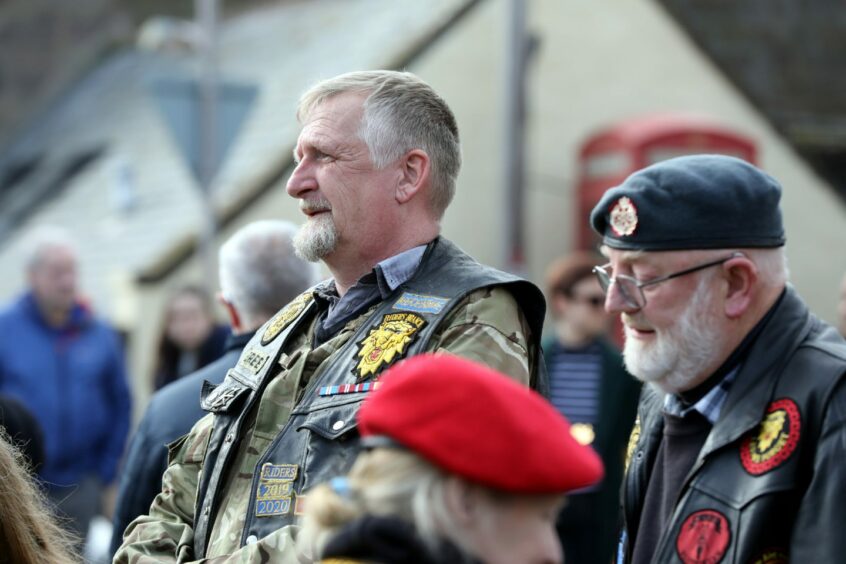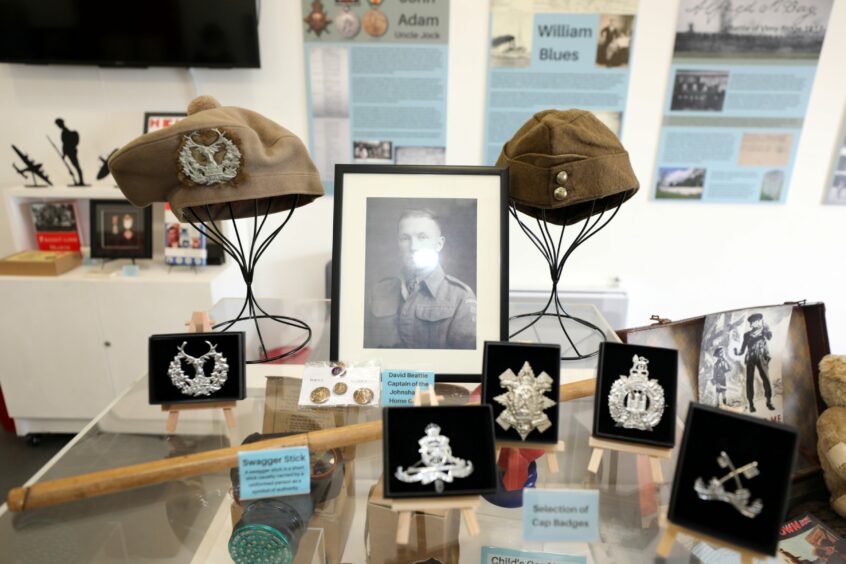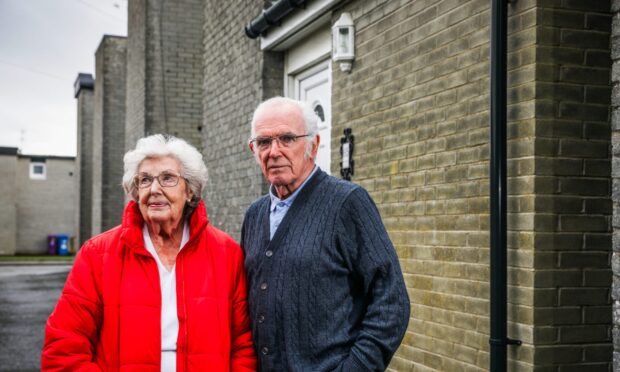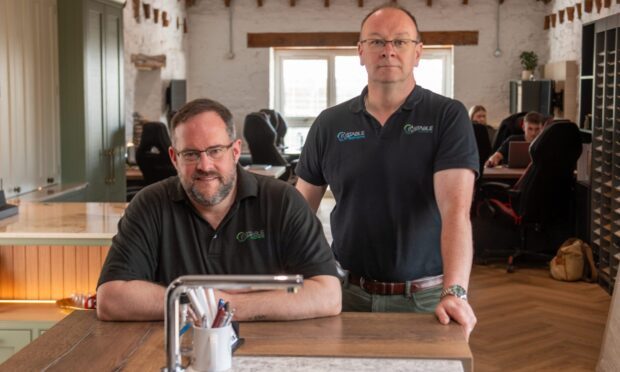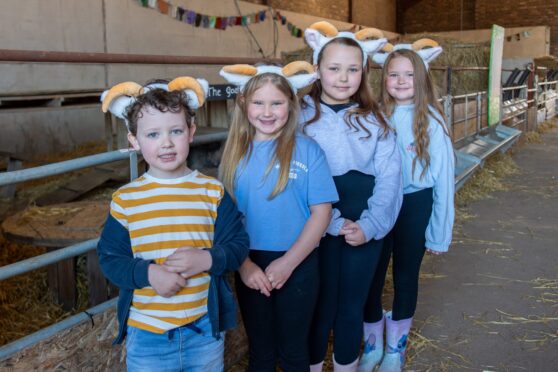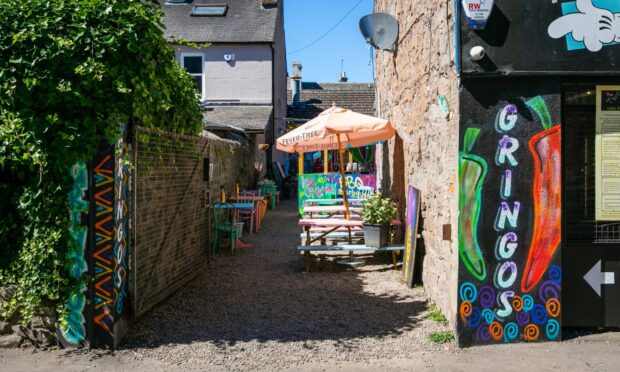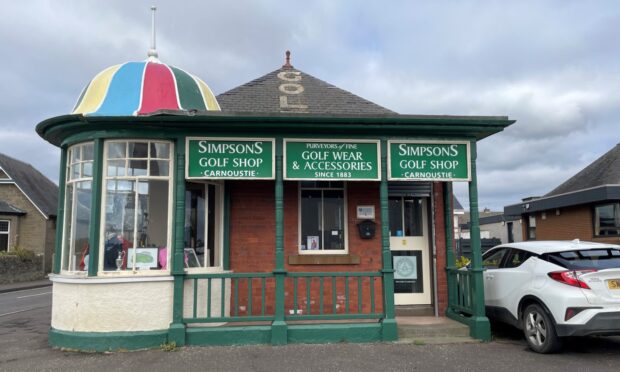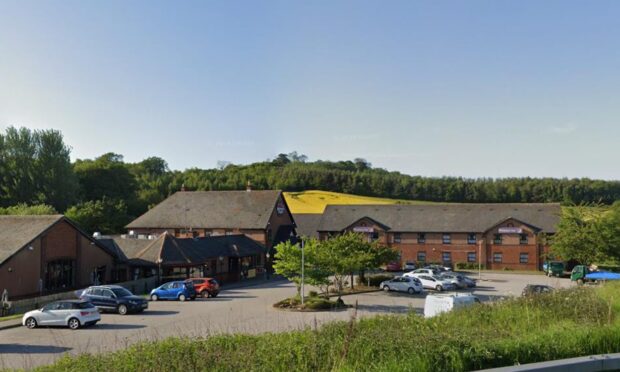The coastal community of Johnshaven has paid tribute to its fallen in a centenary commemoration of the village cenotaph.
It came exactly 100 years to the day since the unveiling of the memorial to sons of the village who died in the First World War, paid for by locals of the time.
And heritage enthusiasts have uncovered more stories of those who failed to return home as well as survivors of the two world wars.
Those will form part of an exhibition which it is hoped will draw visitors to Johnshaven heritage hub throughout the summer season.
Benholm and Johnshaven Heritage Society chairman Don Marr said Saturday’s commemoration was an important event for the village.
“Our archives have information about many of the significant things which have happened in Johnshaven and this one happened to pop up,” he said.
“The war memorial was unveiled on March 18 1923 so when we realised the 100-year anniversary would also fall on a weekend we decided to organise something.
“We knew many of the stories behind the names on the war memorial, but there are other stories which we have been able to expand on.
“Those have been included in an information board at the war memorial.
“We’ve also put together an exhibition at the museum,” said Don.
Lord Arbuthnott unveiled the new board and the weekend event was attended by veterans and local schoolchildren.
“There are few family descendants left in the village but it’s important we honour the memory of these servicemen,” Don added.
As war memorials began to be erected across Britain in the aftermath of the First World War, Johnshaven decided in March 1919 it wanted to create a permanent tribute.
The site of an old cottage near the seafront was chosen and by 1923 the sum of £395 1s 6d had been raised.
Two different designs were presented to a public meeting in January that year, and just two months later the memorial created by Aberdeen stonemasons J. Robertson & Son was unveiled.
It bears the names of the 25 men who made the ultimate sacrifice in the First World War, with the 17 victims of the 1939-45 conflict later added.
Local heroes
The local stories being told in the exhibition include that of fisherman John Walker, who was part of the Royal Navy Patrol Service defence of the British coastline.
Family research uncovered John’s tragic fate as a crew member on HM Trawler Myrtle, sunk in the Thames estuary in June 1940 by a magnetic mine.
And there are tales of heroism and survival, such as that of John Adam of Shorehead in the village.
He was captured while serving as a Private in the Gordon Highlanders on the Western Front in 1914.
Despite being shot by a German guard as a PoW, John survived the war and returned to the Mearns.
First World War piper Harry Stott is also remembered. He also survived and became a bobby on his return to Scotland.
His local legacy includes the founding of the pipe band at Lathallan School.
